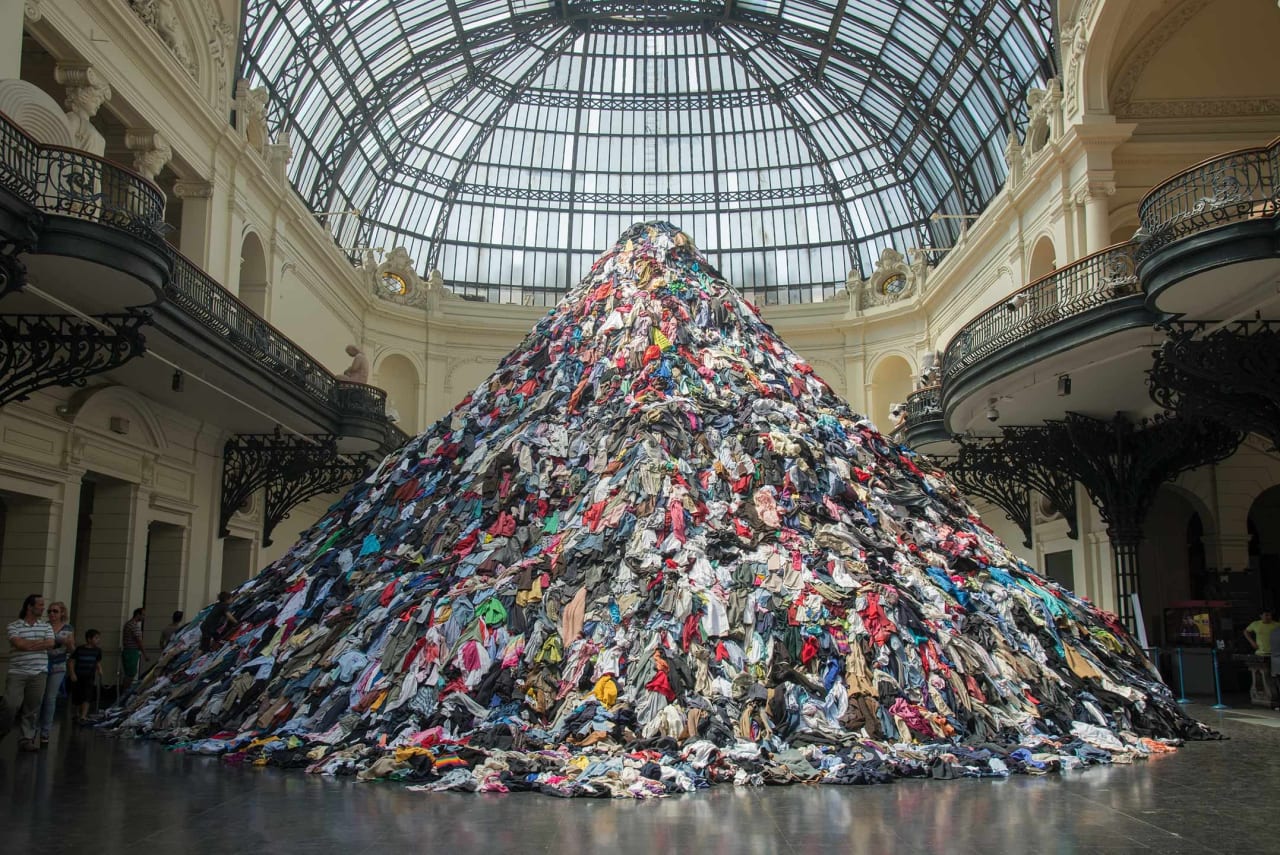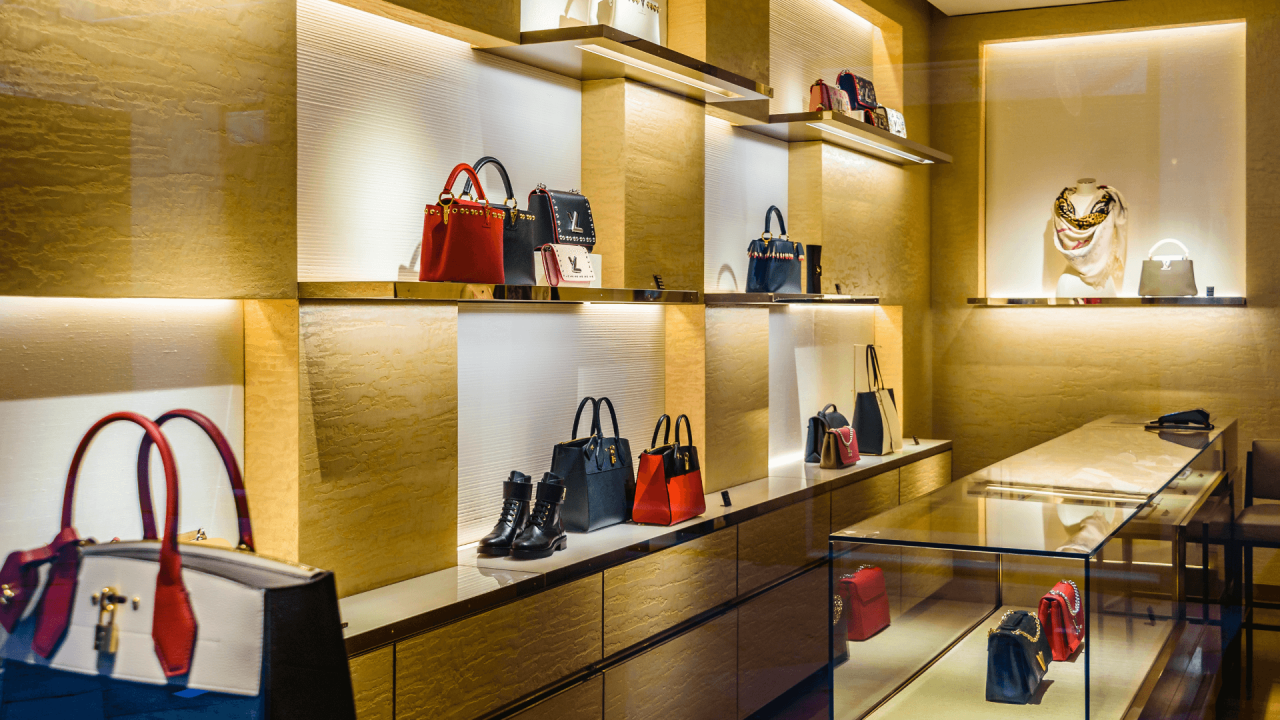When you purchase a piece from a luxury fashion brand or admire a runway collection, the name of the head designer or creative director is often front and center. Whether it’s Chanel, Gucci, or Balenciaga, these names evoke visions of singular artistic genius. But the reality is far less glamorous than the carefully crafted image these brands project. Behind the scenes, fashion design is often a collaborative—and at times exploitative—process involving scores of under-credited individuals whose contributions remain hidden.
The fashion industry thrives on the myth of the singular, visionary designer. Iconic figures like Karl Lagerfeld, Alexander McQueen, and Virgil Abloh are celebrated as the masterminds behind their brand’s success. While these designers are undeniably talented, the truth is that no collection is ever the work of just one person.
Design houses employ teams of junior designers, pattern makers, and seamstresses who bring these visions to life. These workers often labor behind the scenes, contributing technical expertise and creative ideas. In many cases, the head designer acts more like a curator, selecting and refining concepts developed by their team. Yet, when the collection debuts, the creative director garners the accolades with little acknowledgment of the collective effort.
Emerging designers often aspire to work for major fashion houses, hoping to learn from the industry’s best and gain exposure. However, the reality of these roles can be far from ideal. Junior designers and interns are frequently overworked and underpaid despite their pivotal role in shaping a collection.
Many of these young creatives face grueling deadlines, long hours, and little recognition for their contributions. In some cases, their designs are used without proper credit or compensation. The fashion industry’s reliance on this hidden labor pool perpetuates inequality and stifles creativity by failing to nurture and credit fresh talent.
In addition to in-house teams, many brands outsource parts of their design and production processes to external companies, especially in the fast fashion sector. These manufacturers often employ designers to create collections based on trends dictated by high-end fashion houses. The result? A shadow workforce that designs clothing for some of the biggest names in fashion without any public acknowledgment.
Fast fashion giants like Zara and H&M are particularly notorious for using anonymous designers to churn out pieces at breakneck speed. While the names of the companies are globally recognized, the individuals behind the designs remain invisible, highlighting a glaring disparity in credit and compensation.
There have been growing calls for greater transparency and acknowledgment in the fashion industry in recent years. Social media platforms have given some designers a voice, allowing them to showcase their work independently. Collaborative collections that credit all contributing designers are also becoming more common. However, there is still a long way to go in dismantling the industry’s obsession with the singular “genius” narrative.
The fashion industry’s biggest cover-up isn’t just about who designs your clothes but how the system thrives on anonymity and exploitation. By shining a light on the hidden labor and creativity that drive the industry, we can begin to foster a culture that values collaboration and fairness. The next time you admire a stunning collection, remember that its creation likely involved far more hands than the one name on the label.




